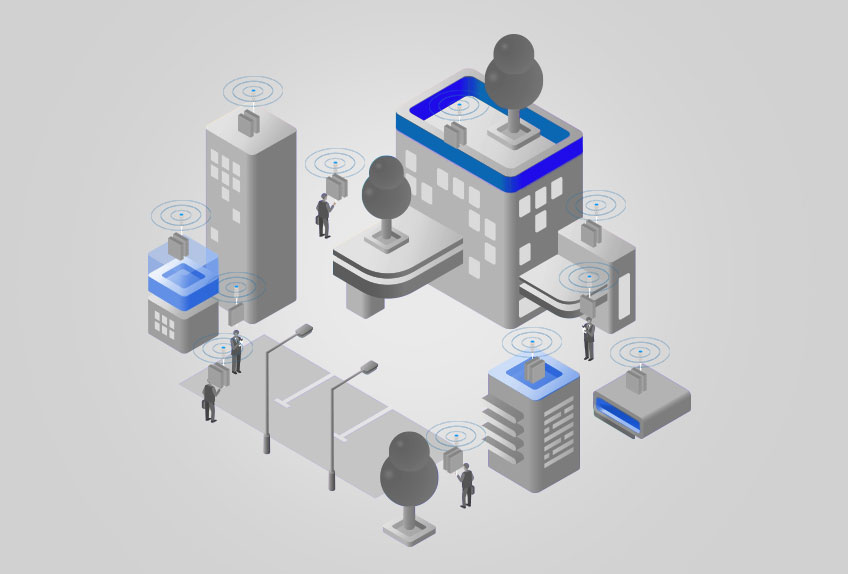Small cells are widely believed to dominate the mobile infrastructure as per the Small cell forum. With 5G enabling smart cities and the Internet of Things (IoT), small cell is the technology that will largely run the next telecom revolution in the United States. With such landmark advancement in the world of telecommunications, it is only fair to understand more about the technology that will power it all.
What is small technology and what makes them so essential?
At the very core of it, small cells are like base stations used by telecom companies to transmit and receive radio frequency but in an extremely compact size. Small cells are wireless transmitters and receivers that fit in a size of a backpack and can be installed on street lights, buildings, poles, etc designed to provide network coverage over smaller geographical areas.
Small cell technology is not a recent concept but the application of it on such a scale was never required. With the ever-increasing need for uninterrupted connectivity and data, small cell technology is the answer to servicing the demand. 5G is still in its infancy but the future is the one with abundant promises, imagine troubleshooting a piece of heavy machinery from thousands of miles away or operating one’s home sitting in another country, small cells will actually make that happen.
How do small cells work?
A small cell network is a series of low-powered antennas or nodes spread across small distances to provide better and uninterrupted connectivity within a specified area. They work similarly to the macro cell towers, receiving and transmitting signals wirelessly, but where small cells have a distinct advantage is the compact size which allows them to be discreet and be brought closer to the user. Small cells are also connected by fiber optic cables that make them capable of handling a huge amount of data at incredible speeds.
What are the different types of small cells?
There are three types of small cells however their application is not entirely standardized. The application of a particular type of small cell depends entirely on the need and many times the usage may overlap.
Femtocells: They are the shortest range small cell having a maximum range of 10 meters. Application in homes and small offices, femtocells can provide coverage to just a few users at a time.
Picocells: They are largely used in larger indoor areas like shopping malls or business parks and can give coverage to about 100 users at a single time. Picocells have a range of under 200 meters.
Microcells: They are the most powerful of the small cells and are used outdoors. They have a coverage range of under 2 kilometers and can support a huge number of users at the same time.
When we think about 5G, we imagine a very different world and new applications of technology like IoT, virtual reality will become more applicable in our day-to-day lives. This new world will make a lot of the earlier technologies redundant and will require both businesses and solution partners to evolve. We at Kaytech Coverage Solutions believe in building a network that is able to meet the demands of the user and small cells are definitely a step into the future. Write to us at sales@ktcoverage.com for a free consultation.


